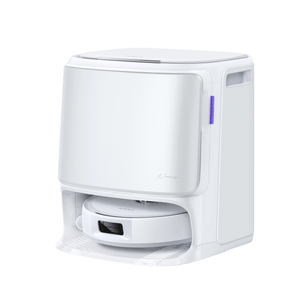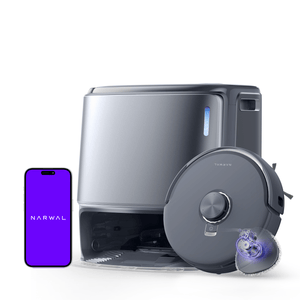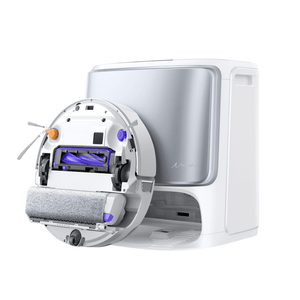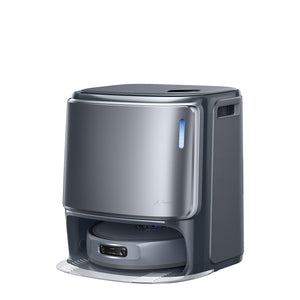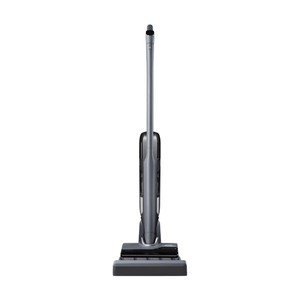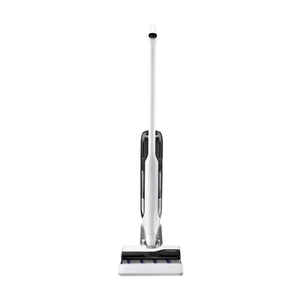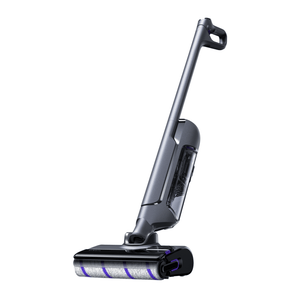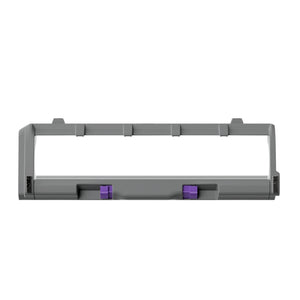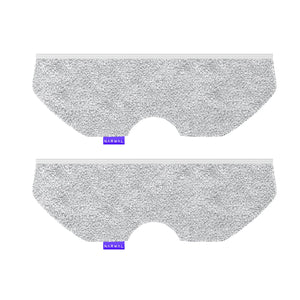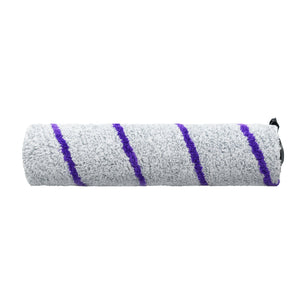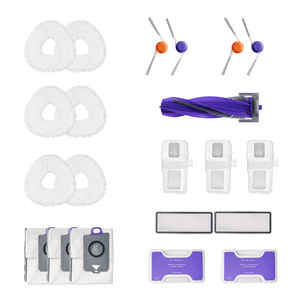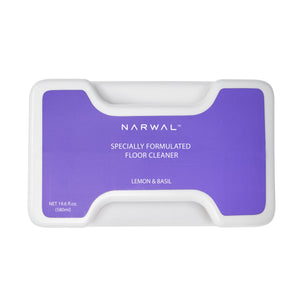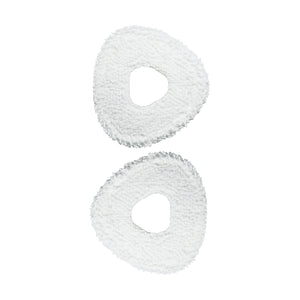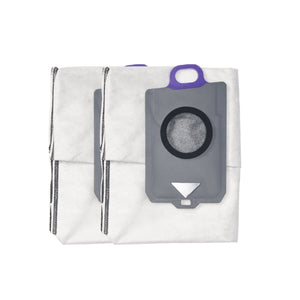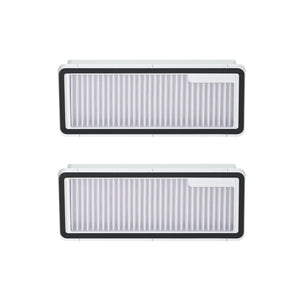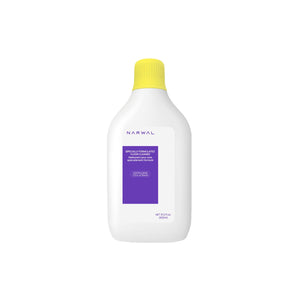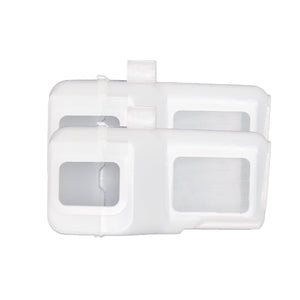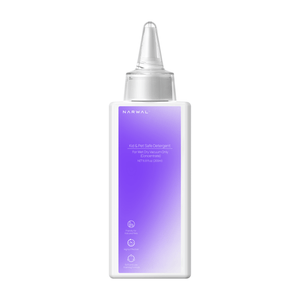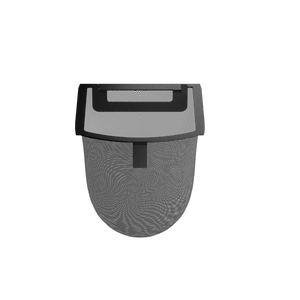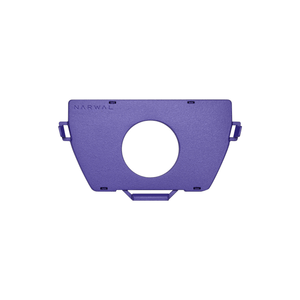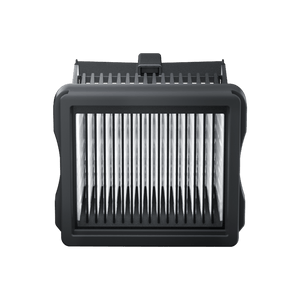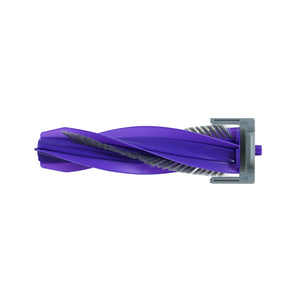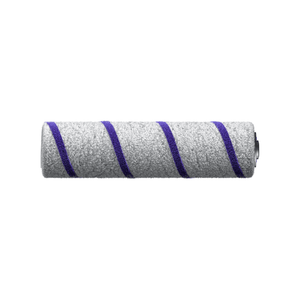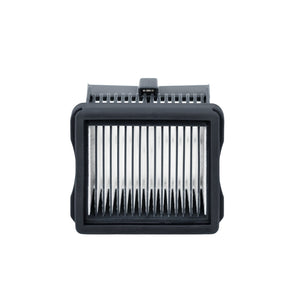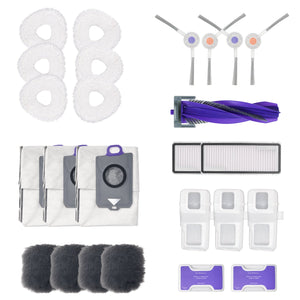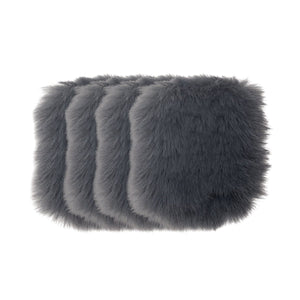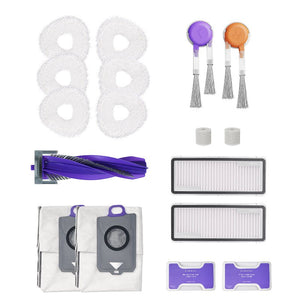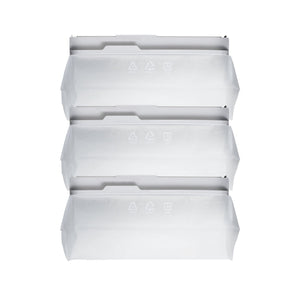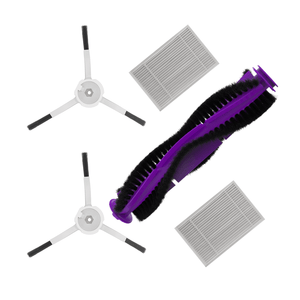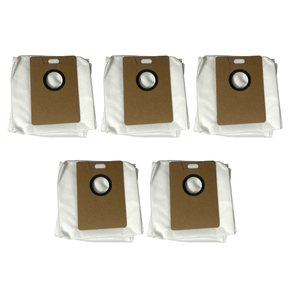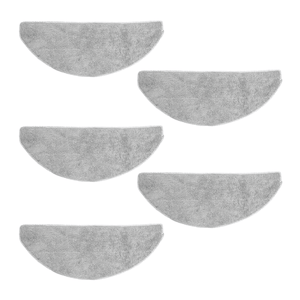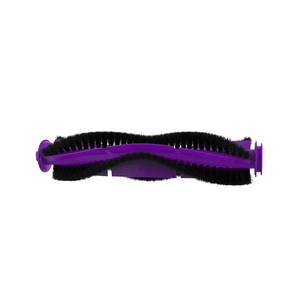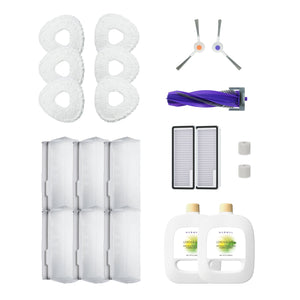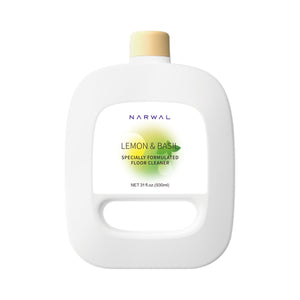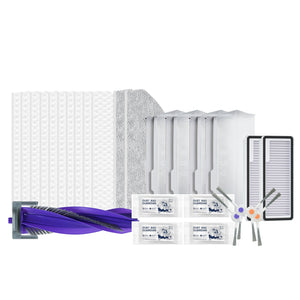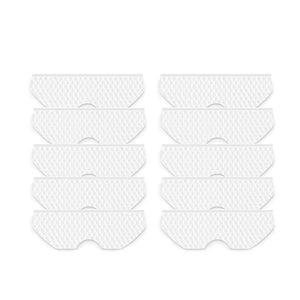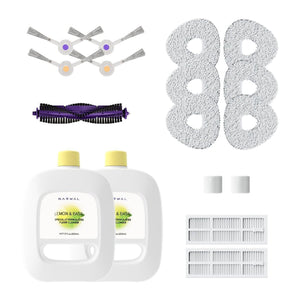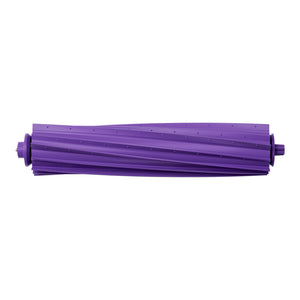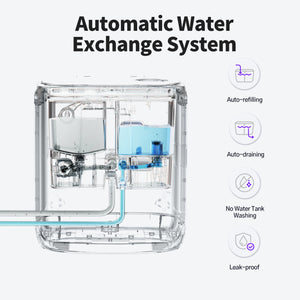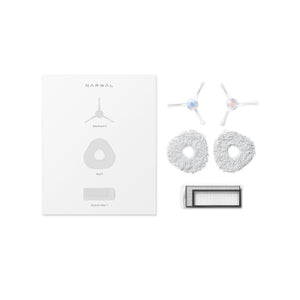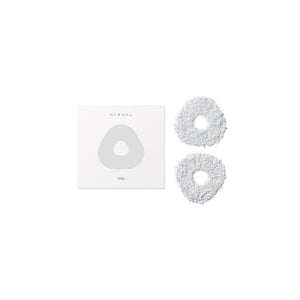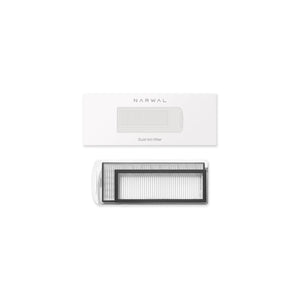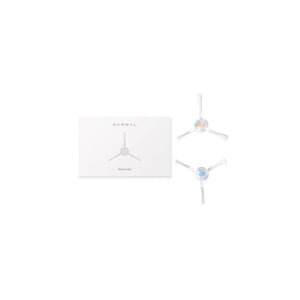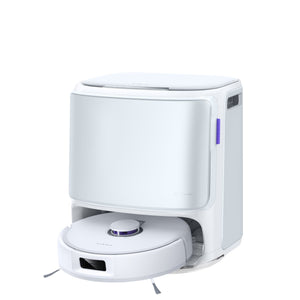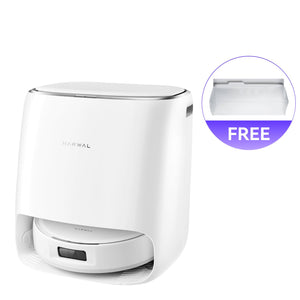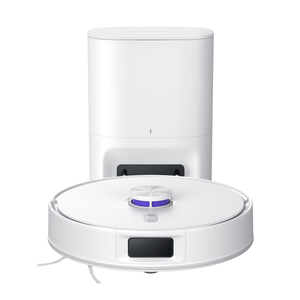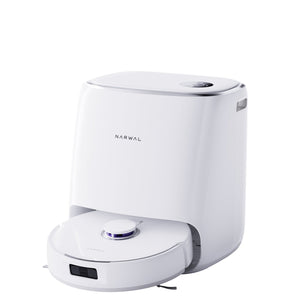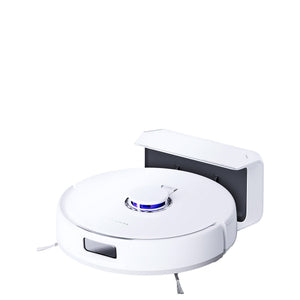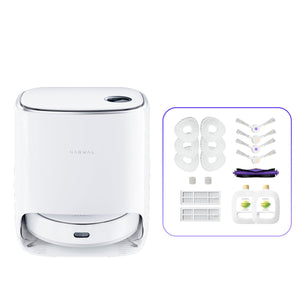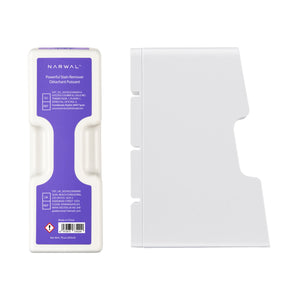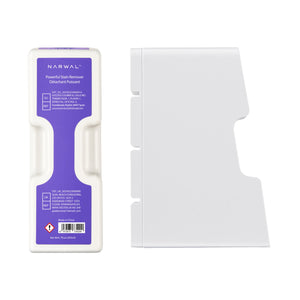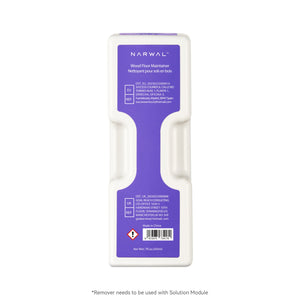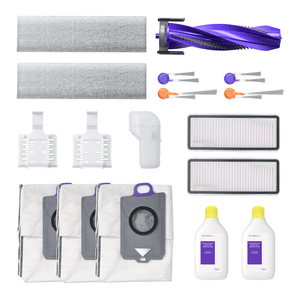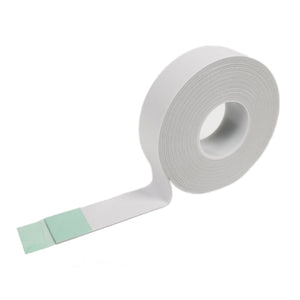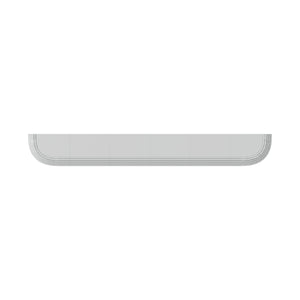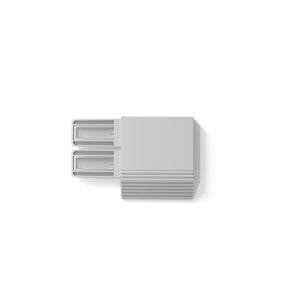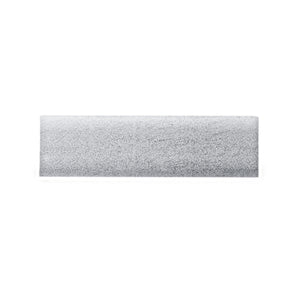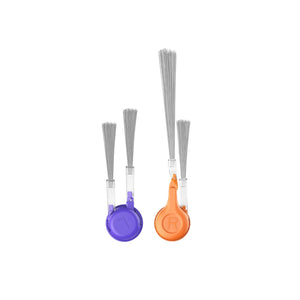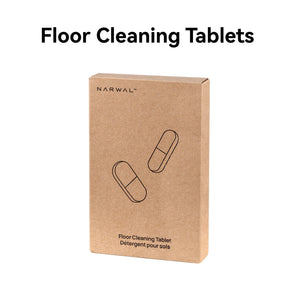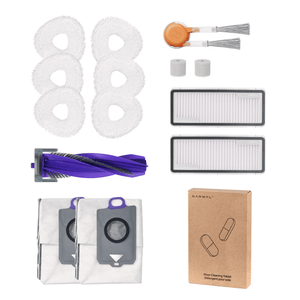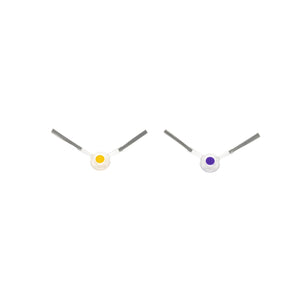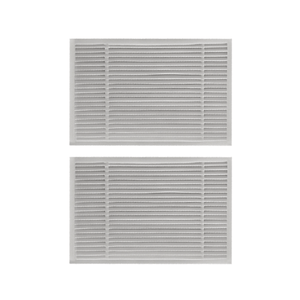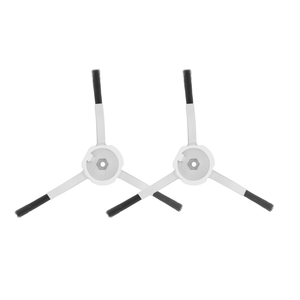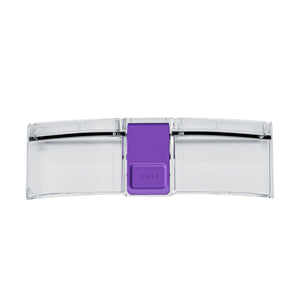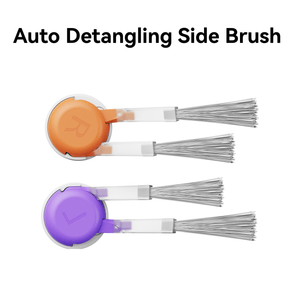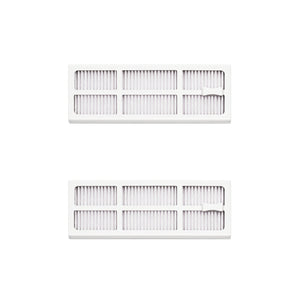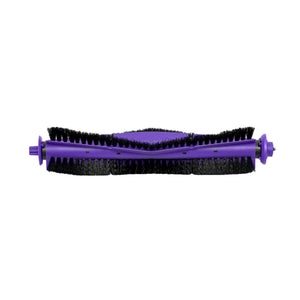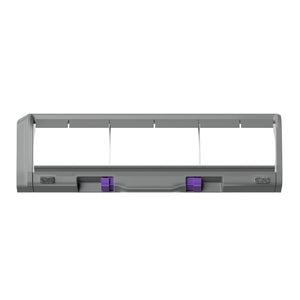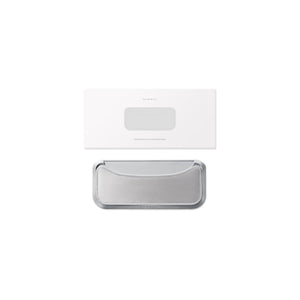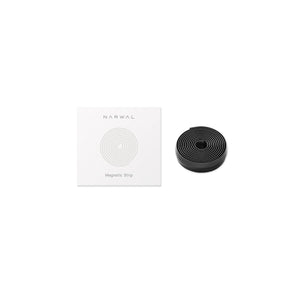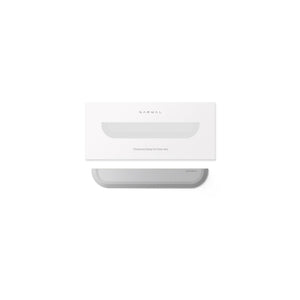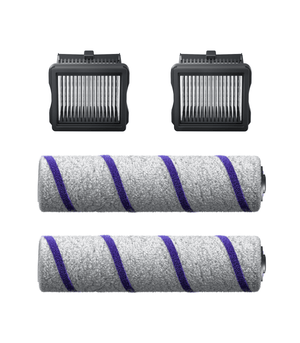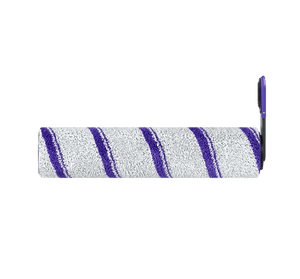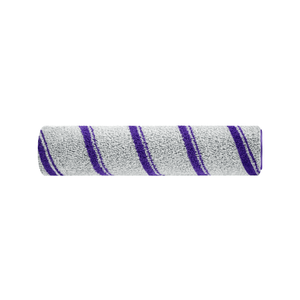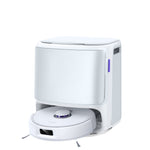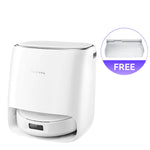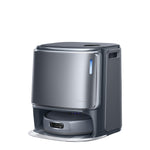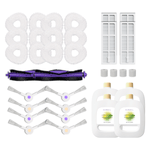Not all “high suction” robot vacuums clean equally well. Many users struggle with poor carpet pickup or leftover pet hair—often due to misunderstanding what suction power really means.
This guide explains how robot vacuum suction power works, what Pa ratings like 2,000 or 22,000 truly reflect, and how airflow, brush design, and sealing affect performance. You’ll learn how to choose the right suction level by floor type, compare top models like Narwal Flow and Freo Z Ultra, and keep your vacuum cleaning at full strength.
What Is Pa in Robot Vacuum Suction Power?
Pa, short for Pascal, is the unit used to measure suction pressure in robot vacuums. It tells you how much force the vacuum can exert to pull in dust and debris.
-
Higher Pa = stronger suction.
For example: -
Entry-level robot vacuums: 2,000–2,500 Pa — suitable for light daily cleaning on hard floors.
-
Mid-range models: 4,000–6,000 Pa — ideal for households with pets, carpets, and mixed flooring.
-
Premium models: 10,000+ Pa — built for deep cleaning and handling heavy debris.
So, when comparing robot vacuum suction power, the Pa rating gives you a quick snapshot of the vacuum’s performance potential.
For a deeper understanding, it’s helpful to know how manufacturers measure vacuum suction, including units like Air Watts (AW), Water Lift, and how airflow affects cleaning efficiency.

How Suction Power Affects Cleaning Results
The suction power of a robot vacuum directly impacts how effectively it removes dust, debris, and hair from different surfaces. While suction alone is not the only factor in cleaning performance, it plays a central role in determining how deeply and efficiently the vacuum can clean under varying conditions.
Surface Type and Depth of Cleaning
On hard floors such as wood, tile, or laminate, even moderate suction is typically sufficient, as debris rests on the surface. However, on carpets and rugs—particularly those with medium to high pile—dirt and dust settle deeper into the fibers. In these cases, stronger suction is essential to lift and remove embedded particles that weaker models may leave behind. A vacuum with inadequate suction may only skim the surface, resulting in visibly clean floors that still hold hidden debris.
Particle Weight and Removal Efficiency
Different types of debris require different levels of suction force. Lightweight materials like dust or dander may be easily picked up, but without consistent airflow, some particles can remain in corners or be pushed away by the vacuum’s movement. Heavier particles, such as sand, crumbs, or tracked-in soil, require higher suction to dislodge and capture them in one pass. Stronger suction not only improves the rate of debris collection but also reduces the need for multiple cleaning cycles.
Pet Hair and Upholstery Cleaning
Pet hair is often tightly bound to soft surfaces due to static electricity or matting. Strong suction helps loosen and remove these fibers from carpets, upholstery, and corners, especially when paired with specialized brush designs. In homes with shedding pets, insufficient suction can result in hair being re-deposited or tangled in the vacuum components.
Fine Dust and Allergen Capture
Effective allergen control depends on the vacuum’s ability to capture fine particles before they escape back into the air. High suction helps guide these particles through the airflow system into the dustbin or filter, minimizing airborne circulation. For households with allergy concerns, suction power contributes directly to cleaner air, especially when combined with a sealed system and HEPA filtration.
In short, while various design features influence cleaning results, suction power remains a foundational metric. It governs how well a vacuum performs across surface types, debris sizes, and specialized tasks like pet hair removal or allergen reduction.

Robot Vacuum Suction Power Efficiency Factors
While suction power (often measured in Pascals) is an important indicator of a vacuum's potential strength, it does not guarantee effective cleaning on its own. The efficiency of suction delivery—how well that power translates into real-world performance—largely depends on the vacuum’s internal design and airflow systems. Several key engineering factors determine whether a robot vacuum can maintain strong, consistent suction throughout a cleaning cycle.
Airflow Path Design
The configuration of internal airflow channels plays a central role in suction efficiency. If the path from the intake to the dustbin involves excessive bends, narrow junctions, or poorly directed flows, suction pressure can drop before it even reaches the floor. High-efficiency models are engineered with direct, streamlined airflow paths that preserve suction force and reduce turbulence.
Sealed Air Systems
Even with a powerful motor, a vacuum with poor sealing will lose pressure through small leaks in the body or hose. Well-designed vacuums use a sealed system that prevents air from escaping between the intake and dustbin. This ensures that the full suction pressure is directed toward lifting debris, rather than being wasted through structural gaps.
Filter Integration and Flow Resistance
Filtration is essential for trapping fine dust and allergens, but filters can also block airflow if not properly integrated. Clogged or overly dense filters create resistance in the airflow system, weakening suction power. Advanced models use layered, washable filters like HEPA, arranged to balance filtration efficiency with minimal impact on airflow.
Dustbin and Air Circuit Efficiency
The physical layout of the dustbin and its connection to the air circuit influences how well debris is collected and retained. A dustbin that fills unevenly or allows backflow can reduce cleaning performance over time. Efficient designs incorporate short, sealed dust paths and anti-clogging features that help preserve suction consistency during extended cleaning sessions.
Together, these design factors determine how well a vacuum converts its raw suction rating into practical cleaning performance. For consumers comparing high-Pa models, understanding the internal architecture is key to identifying which devices deliver true efficiency—not just impressive numbers.
Why Suction Power Numbers Alone Don’t Tell the Full Story
While suction power (measured in Pascals or Pa) is one of the most advertised specifications for robot vacuums, it's important to understand that this number doesn’t always reflect real-world performance.
Why Pa Alone Isn’t Enough:
-
No universal standard: Each brand uses its own testing method to report Pa values. One model’s 4,000 Pa might behave differently from another’s.
-
Lab vs. reality: Suction ratings are often based on controlled conditions. Performance may vary when facing pet hair, carpet fibers, or uneven flooring.
-
System design matters: Airflow efficiency, sealing, brush effectiveness, and filter quality all work together to determine how well suction power translates into cleaning results.
What to Look for Beyond the Numbers:
-
Design quality: Anti-tangle brushes, strong airflow paths, and sealed chambers help maximize actual cleaning.
-
Independent reviews: Testing data and user experiences offer clearer insight into how a vacuum handles different floor types.
-
Use-case alignment: A high Pa model may still underperform on thick carpets if its brush design isn’t optimized for lifting debris.
In short, while high suction numbers can be a useful starting point, reliable cleaning comes from the full system design—not just raw Pa values.

How to Choose the Best Vacuum Suction Power for Your Cleaning Needs
To choose the best vacuum suction power, start by assessing your floor types and cleaning needs. Compare suction levels (Pa) based on those needs. Balance suction with battery life. Check if the vacuum’s design supports efficient airflow. Consider noise levels. Finally, look for robot vacuum top features, such as smart suction adjustments, advanced mapping technology, or tangle-free brush systems, that enhance overall cleaning performance.
Assessing Your Needs
Begin by evaluating your flooring types. Homes with mostly hard floors typically require less suction, while thicker carpets benefit from stronger suction to lift debris from deep fibers. If you have pets or allergy sensitivities, prioritize models that offer consistent suction and filtration efficiency.
Comparing Suction Power Levels
Suction is commonly measured in Pascals (Pa). While 2,000–2,500 Pa is often enough for smooth surfaces, homes with pets or high-pile carpets may need 4,000 Pa or more. When evaluating models, compare these figures alongside other design factors such as airflow efficiency, filter quality, and dustbin design.
Balancing Suction and Battery Life
Higher suction levels can shorten runtime. Look for vacuums that intelligently adjust suction based on floor type or dirt detection, helping conserve battery while maintaining cleaning efficiency. Models with advanced power management can offer both strength and endurance.
Vacuum Design and Energy Efficiency
Effective suction isn’t only about motor strength. Airflow paths, brush design, and sealing quality all affect how well a vacuum converts power into usable cleaning force. Well-integrated systems minimize loss and improve real-world pickup performance.
Noise Considerations
Stronger suction may result in higher noise output. If quiet operation is important, choose models with adjustable suction settings that allow you to reduce noise when needed without compromising too much on performance.
Smart Features for Custom Control
Modern vacuums often include features that let you customize suction levels through an app or automation system. These tools allow you to adapt the vacuum’s performance to your environment in real time, improving both efficiency and usability.
Best Vacuum Suction Power by Use Case
Understanding what constitutes good suction power can vary depending on your home and cleaning needs. If you're still unsure how to judge whether a vacuum’s suction is sufficient for your situation, our related guide on good suction power in vacuum cleaners offers a foundational overview.
Robot vacuum suction power isn't just about raw numbers—it needs to align with the surfaces in your home and the types of debris you encounter. The table below provides a technical reference based on typical use cases and tested performance brackets.
|
Household Scenario |
Recommended Suction (Pa) |
Use Case Description |
|
Small apartments, hard floors |
2,000–2,500 Pa |
Suitable for light dust and crumbs on smooth surfaces |
|
Homes with pets |
4,000–5,500 Pa |
Helps remove pet hair and dander from mixed floor types |
|
Allergy-sensitive households |
5,000–6,000 Pa |
Captures fine dust and allergens with proper filtration |
|
Carpeted or larger homes |
6,000–8,000 Pa |
Reaches deeper into carpet fibers for thorough cleaning |
|
High-traffic or messy areas |
8,000–12,000 Pa |
Handles heavier debris in kitchens, entryways, kids’ rooms |
|
Demanding or large homes |
12,000–22,000 Pa |
Maximized suction for deep carpets and high-volume debris |
Tip: The best vacuum suction power isn’t always the highest spec. Choose the level that consistently delivers results for your specific surfaces and cleaning habits.

Comparison Table: Top Suction Power Robot Vacuums
When evaluating robot vacuums, suction power is one of the most visible specs—but it’s only meaningful when paired with smart design. Features like airflow optimization, tangle-free brushes, and edge-to-edge mopping can significantly influence how suction is converted into cleaning performance.
Narwal’s models pair high suction ratings with real-time obstacle avoidance and intelligent cleaning systems. The following table compares Narwal's high-performance vacuums against other well-known brands, focusing on suction capabilities and technical highlights.
|
Model |
Max Suction (Pa) |
Key Features |
|
22,000 Pa |
Highest suction in the market; CarpetFocus tech; twin AI cameras; self-cleaning & drying base |
|
|
18,000 Pa |
Real-time adaptive cleaning; dual RGB cameras; EdgeReach triangular mop; hot-water washing dock |
|
|
Narwal Freo X10 Pro |
11,000 Pa |
DualFlow tangle-free system; MopExtend edge cleaning; 99% hair & particle removal; quiet operation |
|
Narwal Freo Z Ultra |
12,000 Pa |
Advanced AI navigation; zero-tangle brush; ideal for carpets and pet hair; balanced high-performance design |
|
Roborock S8 Pro Ultra |
6,000 Pa |
Sonic mop with lift; good for mixed flooring and carpets |
|
Dyson 360 Vis Nav |
~8,000 Pa |
Compact and high suction; designed for hard floor precision |
|
iRobot Roomba s9+ |
N/A (~40x boost) |
Wide brush path; effective for pet hair and edge cleaning |
|
Samsung Jet Bot AI+ |
~5,000 Pa |
LiDAR navigation; mid-range suction for daily mixed-floor cleaning |
|
Shark AI Ultra 2-in-1 |
4,000–5,000 Pa |
Hybrid model with basic mopping and decent suctio |
Note: While Pa values offer a measurable suction benchmark, real-world performance depends heavily on how the vacuum handles airflow, edge access, and maintenance automation.
[cta:flow-robot-vacuum-and-mop]
[cta:narwal-freo-z10-ultra-robot-vacuum-mop]
[cta:narwal-freo-x10-pro-robot-vacuum-mop]
[cta:narwal-freo-z-ultra-robot-vacuum-mop]
This table offers a technical snapshot across brands, helping users assess where each model fits based on suction and supporting features—not just peak numbers.
What is the Average Suction Power of Vacuums?
The average suction power varies by vacuum type:
-
Upright & Canister Vacuums: 100–220 AW
-
Handheld Vacuums: 15–60 AW
-
Cordless Stick Vacuums: 100–280 AW
-
Robot Vacuums: 2,500–6,000 Pa (advanced models can reach up to 11,000 Pa)
Robot vacuums measure suction in Pascals (Pa), while others use Watts (W) or Air Watts (AW). Air Watts provide a better measure of suction strength and airflow efficiency.
Maintenance Tips for Suction Longevity
Keeping your robot vacuum in peak condition doesn't require expert knowledge—just consistent habits. Regular maintenance ensures that suction power stays strong over time and helps avoid preventable performance drops.
Here are key tips to preserve long-term suction efficiency:
-
Empty the dustbin regularly to prevent airflow blockage.
-
Clean or replace filters as recommended to avoid trapped dust restricting suction.
-
Remove hair from brushes to keep them spinning freely.
-
Wipe sensors and charging contacts to maintain accurate navigation.
-
Check mop pads for wear or odor, especially after cleaning large areas.
For more detailed guidance on resolving weak suction issues, including hardware checks and fault diagnosis, see our in-depth guide on why robot vacuums lose suction.
Ready to Choose the Right Suction Power?
Now you know why robot vacuum suction power matters and how it impacts cleaning results. The next step is simple: choose a brand that not only delivers strong suction but also designs for real homes.
With Narwal’s focus on advanced suction, smart navigation, and hassle-free maintenance, you can confidently upgrade to a cleaner, easier lifestyle.
FAQs
How do I know if my vacuum has strong suction?
Check the Pa rating, with 2,000 Pa being a good benchmark for strong suction. Test its performance on different surfaces and see how much debris it picks up in one pass. Review the user manual and read customer reviews for real-world feedback.
Which vacuum setting has the strongest suction?
The "max" or "turbo" mode usually offers the strongest suction, ideal for deep cleaning tasks. Note that using this setting may drain the battery faster in cordless models.
What vacuum cleaner has the best suction for pet hair?
Robot vacuums with high suction power (6,000 Pa and above) combined with anti-tangle brush designs perform best on pet hair. Models like the Narwal Freo Z Ultra (12,000 Pa) and Narwal Flow (22,000 Pa) are excellent for pet owners, as they lift hair deeply from carpets while preventing clogs.
How to tell if a vacuum has powerful suction?
Check the Pa rating (Pascals), which measures suction power, but don’t rely on this alone. Strong vacuums also show high dust pick-up rate (DPU) and efficient airflow design, ensuring debris is carried into the dustbin effectively. Reading independent robot vacuum suction power reviews is also a good way to confirm real-world performance.
Should I run a robot vacuum every day?
Yes. Running your robot vacuum daily or a few times per week keeps dust, crumbs, and pet hair from building up, while also helping the vacuum maintain consistent suction efficiency. For busy households or homes with pets, scheduling daily cleanings is ideal.




